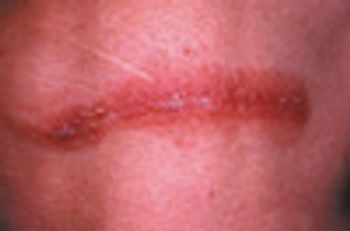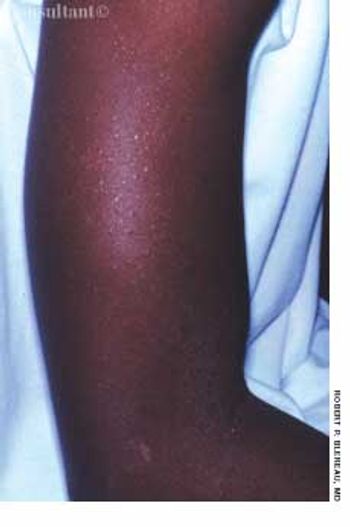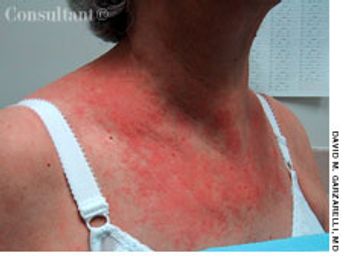
ABSTRACT: Acute scrotal pain, a high-riding testicle, and the absence of the cremasteric reflex on the affected side signal testicular torsion-a surgical emergency. The pain associated with torsion of the appendix testis is usually of gradual onset and is exacerbated by movement. The tenderness is often localized over the infarcted appendix, and the infarction may be visible through the scrotal skin (the "blue dot sign"). Pain associated with epididymitis is usually gradual in onset; the patient may complain of dysuria, increased frequency, and discharge, particularly if the causative pathogen is Chlamydia trachomatis or Neisseria gonorrhoeae. Hydroceles are smooth and nontender, and the scrotum transilluminates. If the scrotum does not transilluminate and compression of the fluid-filled mass toward the external ring completely reduces the mass, then a hernia is the more likely diagnosis. A patient with a varicocele typically complains of a sensation of heaviness and of "carrying a bag of worms."































































































































































































































































































































